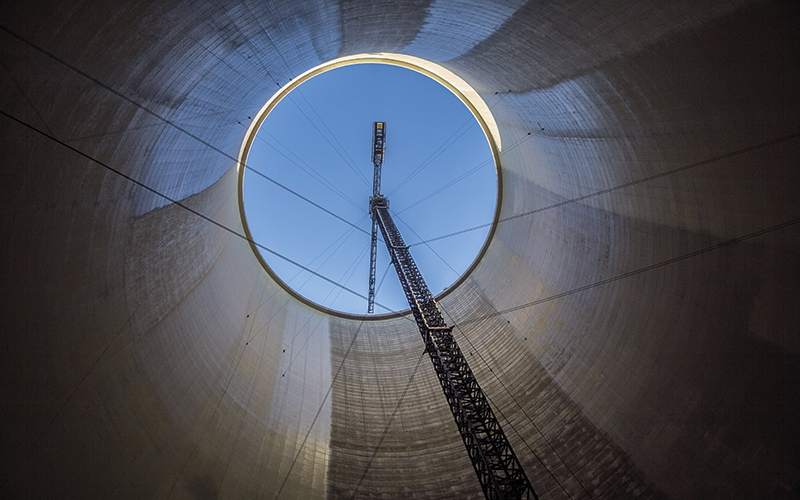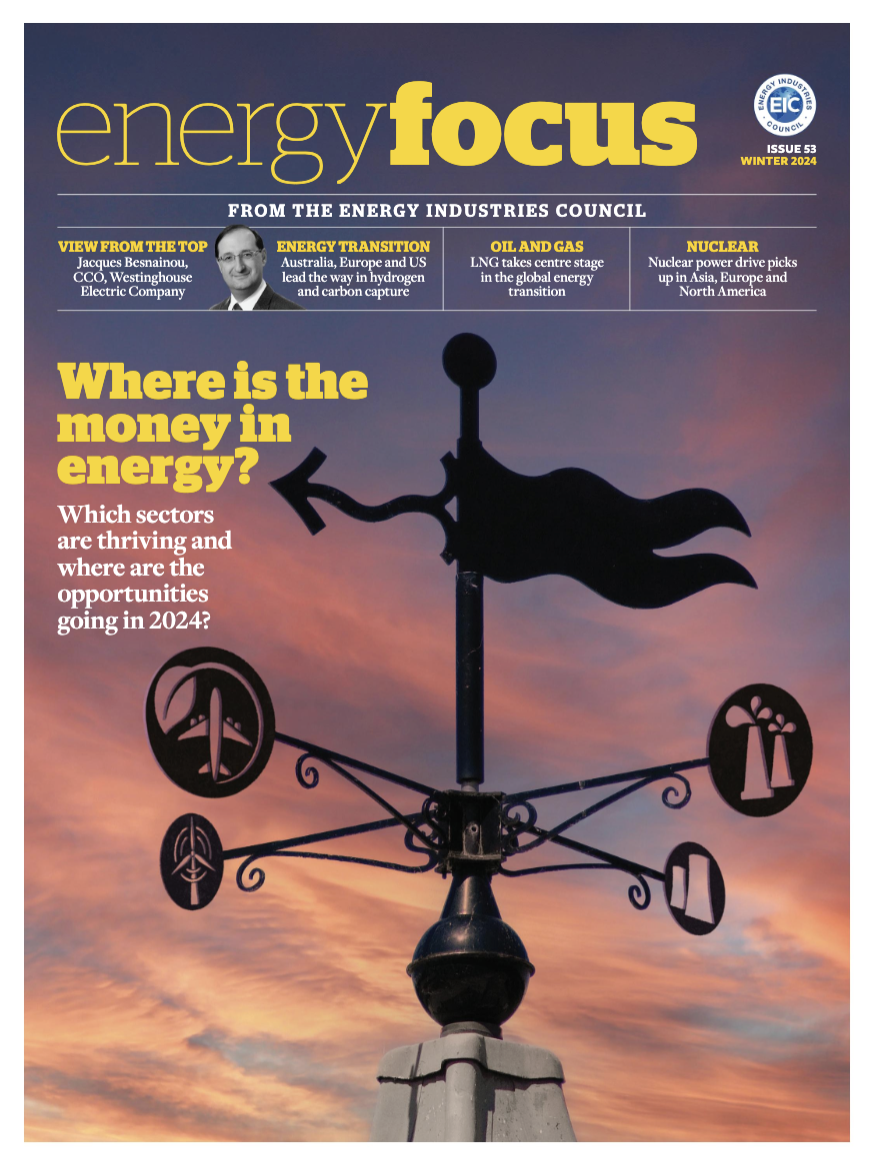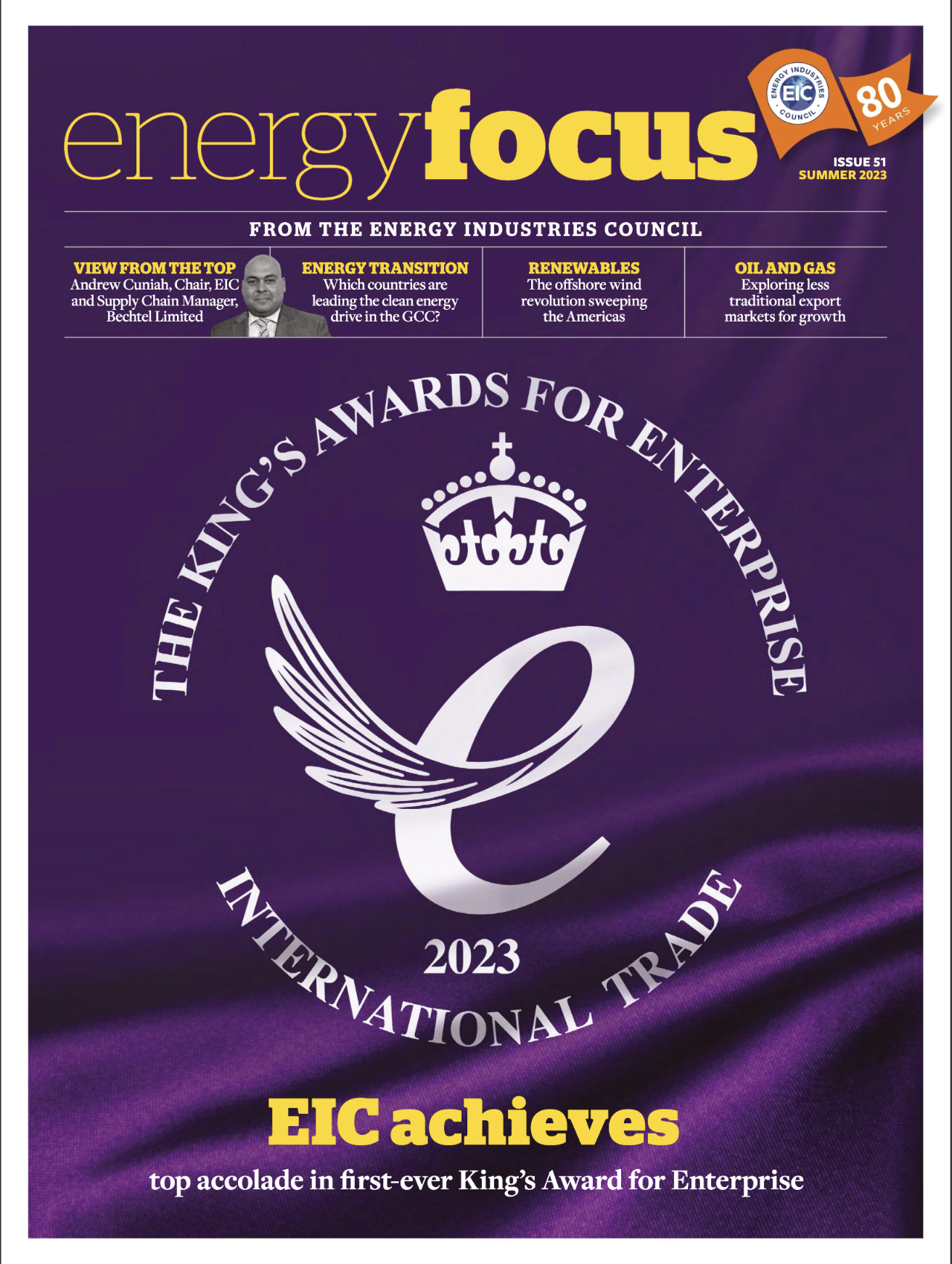Global nuclear prospects: bust or boom?
Worldwide nuclear energy is growing and industry prospects have been recovering ever since the Fukushima nuclear accident in 2011. However, the current rate of expansion is nowhere near enough if we truly care about avoiding climate change and improving the lives of billions of people says David Hess at the World Nuclear Association.

Nuclear energy plants currently supply about 11% of global electricity. As of writing, there are 447 reactors operating across 31 countries whose combined populations make up about 60% of the world’s total. Of these countries, a sizable subset is making steady progress with their nuclear new build programmes. China leads the way with 20 reactors under construction (and has committed to starting construction on eight more in 2017) but in total 15 countries have new reactors under construction and others like the UK, Hungary and South Africa are about to join that list. There are 20 newcomer countries that are advancing plans to develop nuclear energy and build their first reactors. Notably, the UAE has just finished construction of its first nuclear power reactor and three more will be commissioned by 2020, while the first Belarusian reactor is scheduled to start-up sometime in 2019.
There are indeed a handful of countries which are actively reducing and phasing out nuclear energy – Germany being the most famous example – or have recently postponed plans to introduce the technology, like Vietnam. These developments have led some authorities, like the International Atomic Energy Agency (IAEA), to scale back their current projections for expected nuclear growth. This is alarming, and it obscures the fact that there are many countries where nuclear reactors continue to operate without much controversy and at generally superb performance levels.
Nuclear industry performance indicators: 2016
- 80.5% global average capacity factor (excluding Japan)
- 2,476 TWh electricity generated in 2016
- 10 new reactors brought online
- 9.479 GW net increase in generating capactiy
- 74 months average construction period for new reactors starting in 2016
(Source: World Nuclear Association, Nuclear Performance Report, 2017)
Nuclear health check
Global nuclear industry performance on some key metrics is much better than most people realise. An annual health check of the industry from the World Nuclear Association shows that:
-
Installed nuclear generating capacity was higher than ever by the end of 2016, having grown in almost all of the last 45 years. Nuclear generation is close to matching pre-2011 levels despite the slower than anticipated restart of the Japanese reactor fleet
-
There are about 60 nuclear reactors under construction today. A 25-year record high was achieved in 2015 when there were 68 reactors under construction
-
More nuclear reactors came online than any time in the last 25 years – over 9GW in 2015 and 2016
-
Construction times for new reactors have improved over the last 15 years. Reactors coming online in 2015 had an average construction time of around six years
-
Nuclear reactor capacity factors have improved steadily over the last 35 years. Importantly, reactor performance is not fundamentally affected by reactor age; older plants operate as well as younger plants
The improvement on construction times is particularly encouraging news, demonstrating that there are learning benefits to be found in standardised series construction, and that with practice, countries (and companies) can become skilled at building nuclear plants efficiently. This is a particularly relevant finding for the US as it considers the current fate of the recently cancelled V.C. Summer nuclear project in South Carolina.
Re-evaluating nuclear energy
The principle selling point of nuclear technology is that plants can generate electricity with a high degree of reliably and with a tiny environmental footprint. Importantly, nuclear energy does not produce significant amounts of atmospheric pollutants (including carbon emissions) and the fuel is comparatively cheap and easy to store in sufficient quantities to guard against theoretical disruptions in supply or sudden fuel price movements. This makes nuclear energy a very attractive proposition in a world where energy demand is growing and which faces an ever-evolving array of geopolitical risks. Figure 1 outlines some of the many benefits that nuclear brings to the energy mix.
Figure 1. Nuclear's key roles in the energy mix:
Nuclear Energy's value proposition:
- Avoids carbon emissions
- Runs when needed
- Provides price stability
- Supports grid stability
- Anchors the local community: jobs, tax base
- Provides clean air compliance value
- Contributes to fuel and technology diversity
Source: US Nuclear Energy Institute, Nuclear by the Numbers 2017
For countries that are already lucky enough to have nuclear plants many of these social and environmental benefits are very often taken for granted. Nuclear plant owners effectively provide these services for free. When the electricity price was high this was not a problem as utilities made enough profit to justify keeping generating plants running. However, the electricity market price has collapsed in markets throughout Europe and the US due to a combination of low gas prices and renewable energy subsidies. It would now be foolish not to value these additional benefits and preserve them if at all possible.
For developing countries and emerging economies introducing nuclear energy boosts the economy and stimulates productivity. It also helps to build up an engineering base and supports technological innovation and development. South Korea is a salient case, with nuclear energy playing a vital role in the country’s transformation from an import-oriented agrarian economy to an export-oriented technology one. It is therefore worrying that the new president currently seems intent on pursuing a phase out there.
Beyond energy, nuclear technology has important applications in the health, research, agriculture and manufacturing sectors of a country. Developing a nuclear sector – with electricity generation at its centre – should be recognised as one of the key steps on the path to scientific and sustainable development for every country. Nuclear technology can help countries in directly reaching no less than nine of the United Nations’ 17 Sustainable Development Goals, and may support in the others.
UN sustainable development goals
Nuclear technology supports the following nine United Nations sustainable development goals. This adds substantially to nuclear energy’s value proposition for developing countries.
-
Zero hunger
-
Good health and wellbeing
-
Clean water and sanitation
-
Affordable and clean energy
-
Industry, innovation and infrastructure
-
Climate action
-
Life below water
-
Life on land
-
Partnerships for the goals
Achieving energy harmony
The World Nuclear Association has long been concerned at the discord between
most of the official scenarios for nuclear growth and the rate of growth actually required if climate and development priorities are to be successfully balanced. Rising to this challenge, the Association launched the Harmony programme in 2015.
Harmony envisions a diverse mix of low carbon generating technologies deployed in such a manner that the benefits of each are maximised while the negative impacts are minimised. The core goal is for nuclear energy to provide at least 25% of electricity in 2050, requiring roughly 1,000GW of new nuclear capacity to be constructed – depending on certain factors. It takes the International Energy Agency (IEA)’s two degree scenario (2DS) where planetary warmth is limited to 2˚C, as its reference, but increases the expectations from 17% for nuclear growth as it is expected that some technologies are unlikey to deliver.
The Harmony programme envisages a lower carbon world which also allows for the economic growth of developing countries, with nuclear energy at the heart of this vision. Working together we can create a more sustainable, fairer world.
By David Hess, Communications Manager, World Nuclear Association






Follow us
Advertise
Free e-Newsletter